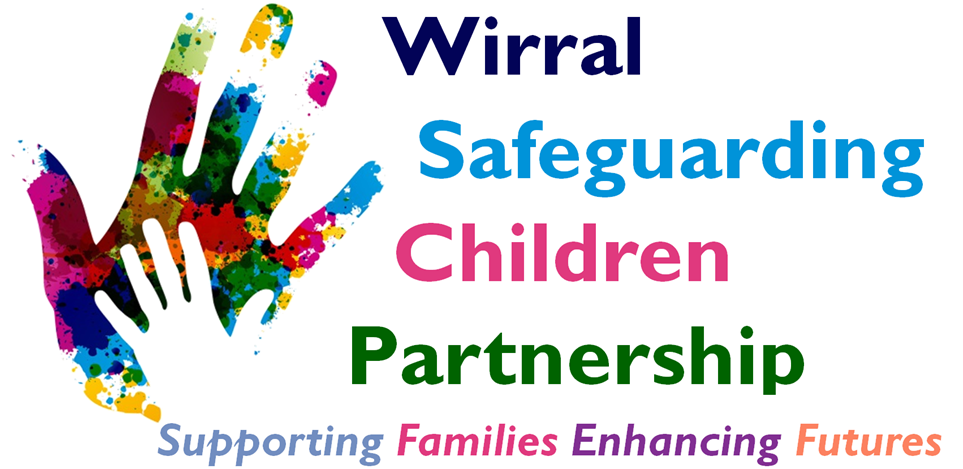6.5 Bullying in Children and Young People’s Settings
6.5 Bullying in Children and Young People’s Settings
6.5i Appendix 1 Reporting Pathways
Contents
- Introduction
- Policy Scope
Definition Appendix 1: Reporting Pathways Appendix 2: Responsibilities for Tackling Bullying – Local Authority table 1. Introduction
‘In Wirral we (defined as Wirral Children’s Trust) are agreed that bullying in any form is unacceptable. We aim to empower all individuals, institutions and communities to challenge, remedy and prevent bullying and create a culture where the rights of the individual are valued and upheld.’
Definition: for the purposes of this document, children and young people are referred to as children. Child is defined as any young person up to the age of 18 years.
- Policy Scope
This policy covers all forms of bullying – children bullying each other, adults bullying children, children bullying adults and adults bullying adults.
In Wirral we believe that bullying happens in a variety of settings such as schools, other educational establishments, the workplace and the wider community. If it is to be tackled effectively, a consistent approach needs to be adopted.
The settings in which bullying occurs may include the following:
- Pre-School, school and further education;
- Travelling to and from school;
- School transport;
- Youth Centres/projects;
- Youth Justice settings;
- Voluntary Organisations/Uniformed Organisations;
- Leisure Centres;
- The local community, e.g. on streets, in shopping malls, in parks;
- Children’s Homes/Foster Homes;
- Children’s own homes;
- Internet and Social Networking sites;
- Mobile communications;
- Workplace.
If the policy is to have an impact on bullying that takes place in this wide variety of settings, multi-agency working and community involvement is essential.
- Definition
All partners in Wirral agree with the current national definition of bullying:
‘Behaviour by an individual or group usually repeated over time, that intentionally hurts another individual or group either physically or emotionally’.
We also find helpful the following clarification by the Anti-Bullying Alliance, which states that bullying falls into two categories:
- Emotionally harmful behaviour, such as taunting, spreading hurtful jokes and/or rumours and excluding people from groups; and
- Physically harmful behaviour, such as kicking, hitting, pushing, or other forms of Physical Abuse.
The following three conditions are used to define incidences of harmful interpersonal behaviour as bullying behaviour. Behaviour is bullying behaviour if:
- It is repetitive, wilful or persistent;
- It is intentionally harmful, carried out by an individual or group; and
- There is an imbalance of power leaving the person who is bullied feeling vulnerable.
How we will tackle bullying:
Through the Staying Safe Strategy Group we will provide direction, leadership and guidance to schools other educational establishments, social care settings, the workplace and the wider community to ensure that all children, young people and adults remain safe from bullying behaviour and have the opportunity to thrive and prosper, emotionally and socially.
All children, young people and their families should feel confident that in all settings of the Wirral Children and Young People’s Partnership there is a safe and healthy environment.
This environment will be achieved by developing cooperative behaviour and an appreciation of diversity and will involve everyone concerned in making decisions and supporting each other where conflicts may emerge.
When bullying is encountered we will ensure that the mechanisms are in place to allow:
- Reporting of the incident;
- Having it properly recorded;
- Having it properly monitored;
- Appropriate action to be taken and followed up.
This will ensure that people feel listened to and understand that their concerns have been taken seriously.
Appendices
Appendix 1: Reporting Pathways.
Appendix 2: Responsibilities for Tackling Bullying – Local Authority table
